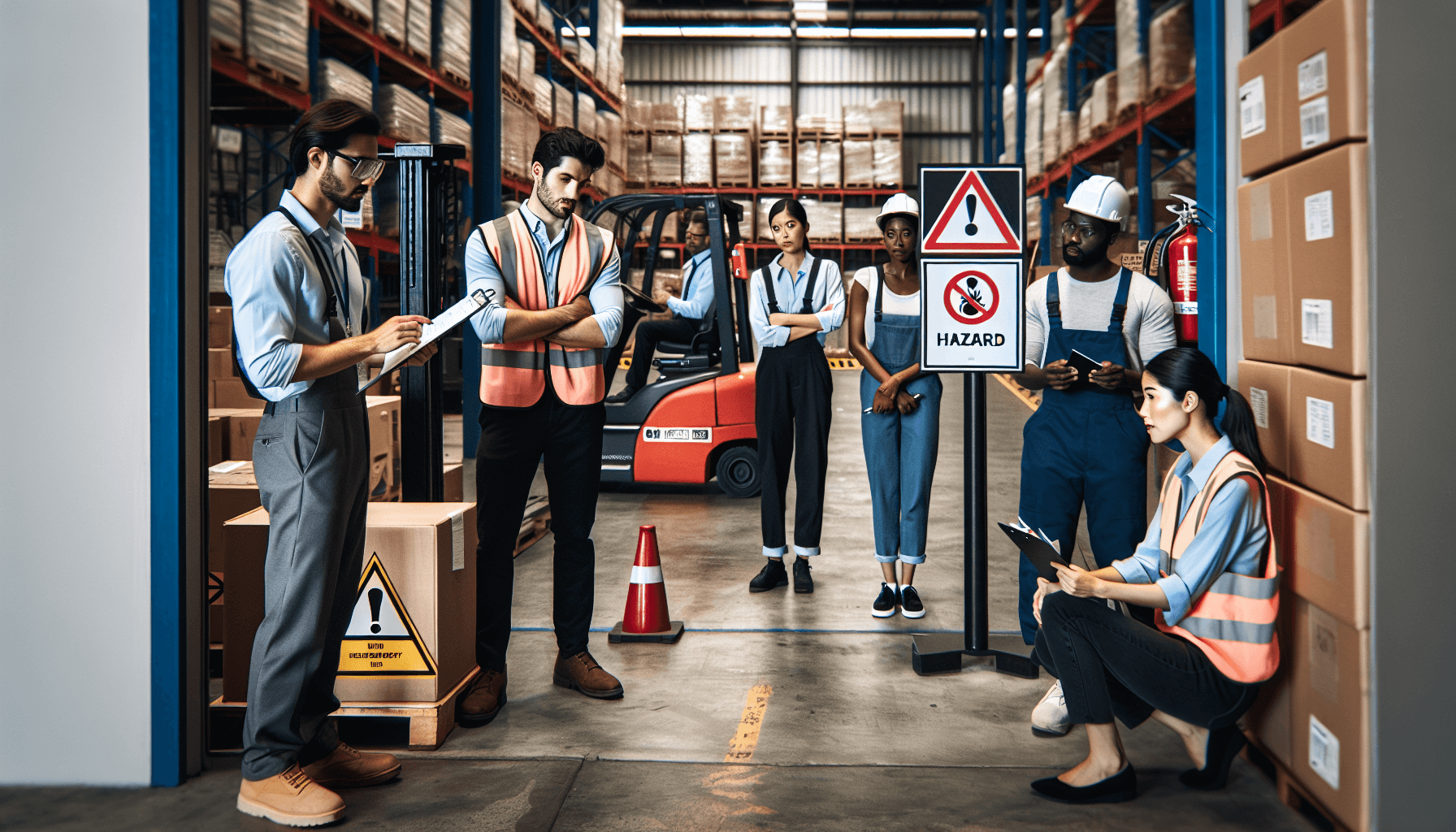Starting a new job in a warehouse can feel like stepping onto a moving train. Machines are humming, people are in motion, and the rhythm of the place is fast-paced and nonstop. For someone new, it’s not just about learning the job—it’s about staying safe in an environment that doesn’t slow down for beginners.
That’s why safety training isn’t just a formality during onboarding. It’s foundational. It sets the tone, builds awareness, and helps prevent the kind of incidents that happen when people don’t know what to look out for yet.
More Than a Safety Video
A safety orientation should be more than an obligatory slideshow. It should feel like a real introduction to how things work—and how things go wrong. When new employees are shown the actual flow of materials, the locations of first aid stations, the high-traffic zones, and the blind spots around corners, it gives them something practical to hold onto. Theory matters, but so does context.
Don’t assume anyone will ask questions. Not everyone speaks up when they’re unsure. Instead, invite questions. Walk the floor with them. Let them see what safety looks like in motion, not just on paper.
The Culture Starts Early
New hires are watching—quietly—but they’re watching. If they see safety gear being worn inconsistently, if they notice shortcuts being taken, or if supervisors shrug off near misses, that becomes the unspoken rulebook. That’s why managers and leads need to model the standard. Every single day.
And if the actual rulebook hasn’t been updated in a while? That’s a problem too. Safety protocols evolve. Training should reflect that. It’s not just about OSHA compliance—it’s about keeping your people alive and well.
Walkthroughs and Involvement
Inspections aren’t just for seasoned staff. Bring new employees into them. Not to quiz them—but to include them. Show them how to spot hazards. Let them see how risk is assessed, how tools are checked, and how small changes can make a big difference. It builds ownership. And that ownership leads to better awareness on the floor.
Ongoing Support Matters
The first few weeks on the job are the riskiest. Mistakes happen when familiarity is low but confidence is growing. That’s the danger zone. Keep checking in. Offer guidance. Don’t wait for feedback forms—talk to your team. What feels unclear? What seems risky? What would help?
Safety training isn’t a one-and-done. It needs refreshers. Real-world examples. Updates when processes change. And more than anything, it needs to be reinforced with action—not just words.
When Something Goes Wrong
No one wants to talk about injuries during onboarding, but pretending accidents never happen doesn’t prepare anyone. Be transparent about incident reporting. Make sure every new hire knows how, where, and when to report a problem—whether it’s a minor injury, a near miss, or a major event.
And when an incident does happen? Don’t bury it. Investigate it. Share what was learned. Show that the goal is to prevent, not punish. That mindset changes how safety is viewed across the entire team.
Recognition and Reinforcement
Positive feedback goes a long way. If a new employee consistently follows protocol, handles equipment carefully, or speaks up about a hazard—say something. Recognition builds confidence and reinforces the idea that safety isn’t a barrier to doing the job—it’s how the job gets done right.
Over time, safety becomes less about reminders and more about rhythm. But it starts with how new employees are brought in, what they’re shown, and how they’re supported when things get confusing—or dangerous.

